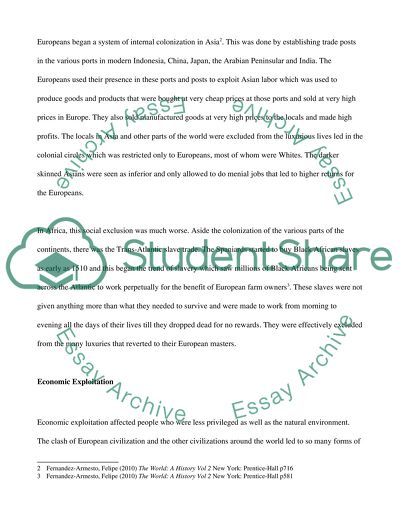Cite this document
(“Changes in the history of the world since 1400 C Essay”, n.d.)
Retrieved from https://studentshare.org/history/1424104-changes-in-the-history-of-the-world-since
Retrieved from https://studentshare.org/history/1424104-changes-in-the-history-of-the-world-since
(Changes in the History of the World since 1400 C Essay)
https://studentshare.org/history/1424104-changes-in-the-history-of-the-world-since.
https://studentshare.org/history/1424104-changes-in-the-history-of-the-world-since.
“Changes in the History of the World since 1400 C Essay”, n.d. https://studentshare.org/history/1424104-changes-in-the-history-of-the-world-since.


